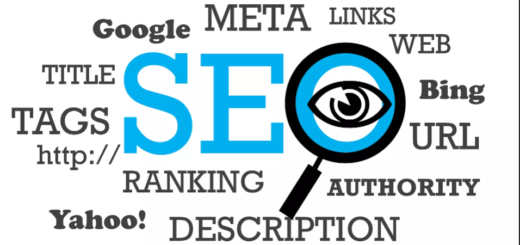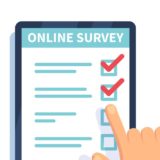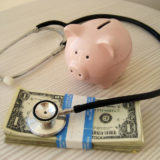Steps on Dropping Website Bounce Rate
Steps on Dropping Website Bounce Rate
As a website owner, “bounce rate” is just like fire; a good servant but a terrible master. If you cannot keep it in check, it’ll not get the best for you. To a large extent, bounce rate gives you an idea of how well your website is faring. Unfortunately, this subject is not well understood by many.
This post offers an in-depth explanation of what it is all about and special emphasis will be placed on dropping bounce rate.
What is Bounce Rate?
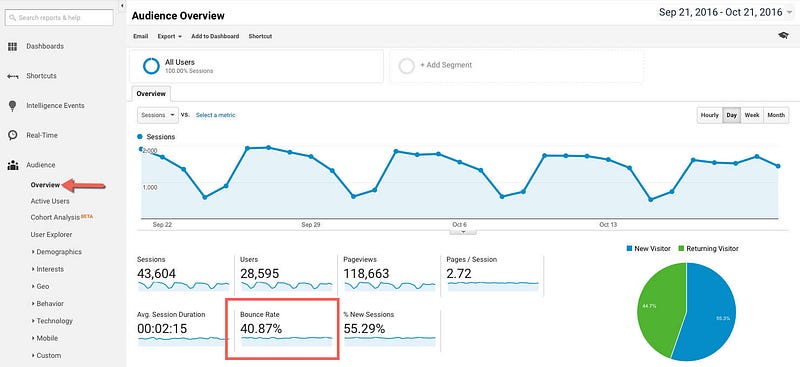
According to Google Analytics, bounce rate is the percentage of single-page visits your website receives. A single-page visit is when a person exits your website from the entrance page. In mathematical terms, bounce rate is the ratio of the number of single-page visits to the total pages visited. Simple enough, right?
Going In-Depth- What Really is Bounce Rate?
Although a high bounce rate gives an impression, you might be getting the wrong impression from the metric. When visitors who need inspiration for a graphics design concept open your website, check out the beautiful design and close it, what has been achieved? A bounce. Also, if a visitor seeks your contact info and gets it on the entrance page, closing the page counts as a bounce. A good bounce. So, what really are you to look out for when reducing bounce rate? Let’s see.
Factors Affecting Bounce Rate
Before we can define what a good bounce rate is, let us briefly examine the important factors that influence the bounce rate of a website.
The Type of Traffic You Attract
Visitors that are familiar with your website are less likely to bounce. However, visitors that are just searching for specific information tend to bounce once they find what they are looking for.
What is the Traffic Source?
Statistics show that your source of traffic plays a crucial role in the bounce rate of a website. As an illustration, traffic that is generated from Google search is far less likely to bounce than traffic generated from Facebook.
The Landing Page
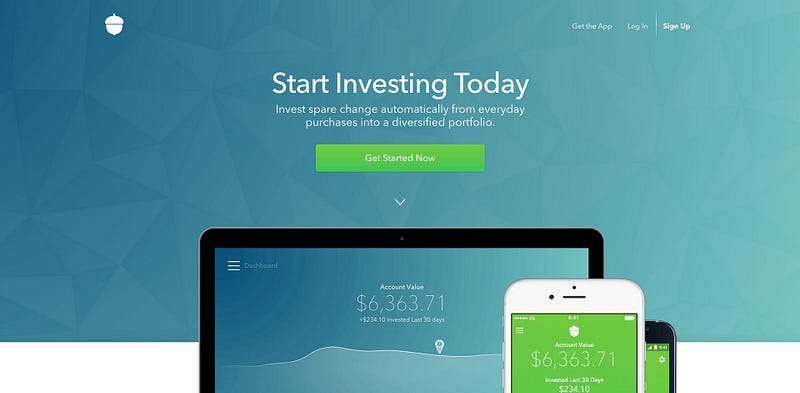
If visitors land on pages that are irrelevant to their needs like old blog posts, you should expect a high bounce rate. However, if they land on pages like your product and service page, it’s more likely that they navigate to other pages thereby reducing the bounce rate.
The User Experience (UX) and User Interface (UI)
In the highly competitive internet market, having a poor UX is like shooting yourself in the foot. Reducing bounce rate by having impeccable UI and UX is an extremely easy and effective approach.
The Speed of Your Website
In general, websites that take more time to load are far more likely to have a higher bounce rate.
What is the Appropriate Bounce Rate to Have?
To appropriately define a good bounce rate, a proper comparison must be made with the bounce rate of other websites in your niche. This is because different website types have their typical bounce rates. For example, E-commerce sites generally tend to have a lower bounce rate than blogs.
Broadly speaking though, a bounce rate below 40% should be your target. If it’s between 40% and 55%, it’s considered average. A bounce rate in the 55% to 80% range shows the need for serious improvement. The improvement you seek is just a few paragraphs away.
How Can You Reduce Bounce Rate?
If you’re having a hard time increasing the traffic to your website, this is a normal dilemma people with a high bounce rate face. The following steps discussed below have been proven to be effective in dropping bounce rate to a desirable level.
1. Make Your Website Easy to Read
One of the major reasons determining whether or not people close to a web page (even before it loads) is its readability (or lack of it). When users see text chunked up together with a tiny font or wordy paragraphs, they get discouraged. This is a surefire way to rack up the worst bounce rate.
The unfortunate news is that no matter how great or beneficial your content is; it will do little or no good to visitors if they aren’t compelled to read it in the first place.
To improve your blog’s readability, try out the following tips:
- Avoid wordy paragraphs
- Break your ideas into subheadings for better understanding
- Avoid too much of complicated jargons that inhibits understanding
- Make your post interesting and engaging
- Use keyword intelligible so as to not interfere with the overall meaning of your post.
Metrics like Flesch-Kincaid readability score can also help you in accessing how readable your content is.
2. Avoid the use of Pop-ups.
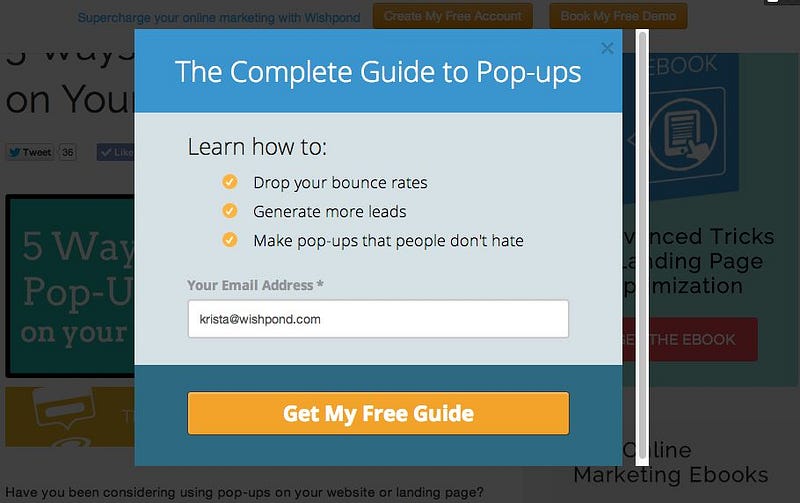
Have you ever had that experience where you open a webpage and in less than 3 seconds, an ad pops up? Admit it, you need a high level of self-control to refrain from punching your screen. This is the same way users feel when they view your website with the obtrusive popups. Luckily for them, they don’t have to punch their screen. They can easily close your tab!
Here’s a fun fact, only 14% of visitors will consider replying to a pop-up ad. Why risk losing 86 customers just to gain 14? Why?
It must be mentioned that pop-ups have their benefits. They can help grow your email list rapidly and can also be used as an exit-intent tool to assist in dropping bounce rate. Exit-intent tools make use of a mouse tracking technology to monitor when a visitor is about to close a webpage. Then, a pop up appears to help reduce the probability of ultimate closure.
However, it is generally recommended that pop-ups should be avoided unless their benefits outweigh the risks.
3. Ensure That Your Website Loads Fast.
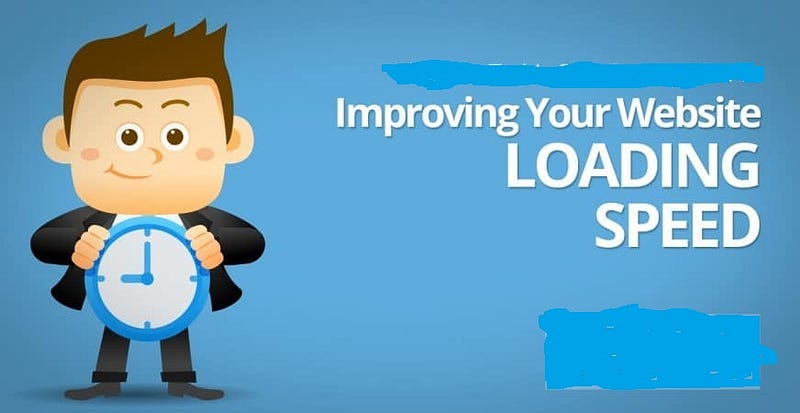
According to research, the tolerance level for waiting for a website to load is three seconds. Anything longer, you risk losing about 57% of visitors. 47% of internet users expect a page to load in less than two seconds- the expectations are pretty high.
To help in dropping bounce rate, steps must be taken to accelerate your loading time. Simple steps like compressing your website, cleaning the database, compressing images, using an optimized theme and many more can help boost the speed of your website.
4. Ensure That External Links Open in a New Window.
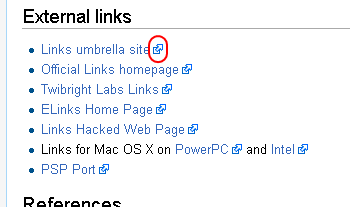
High bounce rate also arises when external links are being loaded in the same tab of your website. This act creates a phenomenon known as “back button fatigue”.
When a visitor clicks on an external link, they’ll have to click the back button to go back to your website. This is even less likely to happen when they get very involved and have navigated deeply into the new website. This is because they’ll have to press multiple back button to get back to your site.
This not only increases the bounce rate, it’s also the perfect recipe for increasing exit rate. To avoid this, external links should be loaded on a new tab or Window.
5. Improve the Mobile Responsiveness of your Website.
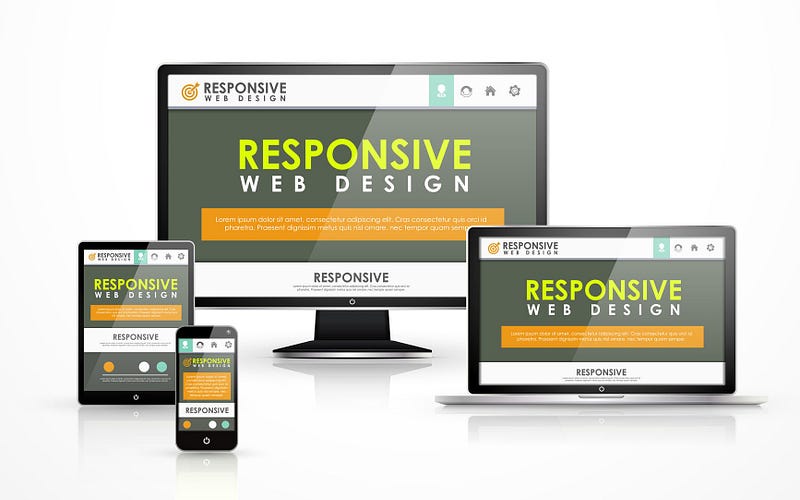
Do you know that mobile devices made up over 50% of world’s web page views as of 2017? Sadly, statistics show that mobile users are more impatient when compared to desktop users. This means that if your website isn’t mobile-friendly, you should expect a high bounce rate from mobile users.
As accessing the internet through mobile devices is projected to rise in the years to come, it is important that you improve the mobile experience of your website if you are interested in dropping bounce rate.
You can use Google’s mobile-friendly test tool to test the mobile-friendliness of your website. If your website isn’t mobile-friendly, it can even identify the cause like “text too small”, “links too close” and so on. This way, you know exactly what to do to improve the mobile-friendliness of your website.
6. Use a Compelling Call to Action

It’s not just about creating an interesting content; you also have to put a compelling call-to-action (CTA). This will make visitors navigate to other pages of your website, thereby dropping bounce rate of your website.
According to a recent study by SmallBizTrends, about 70% of small businesses B2B websites are void of CTA. That explains the reason for their high bounce rate. Careful thought must be put into creating a CTA to ensure that visitors buy into it. Also, little things like the design of the CTA, its visibility, font and so on influences the effectiveness of the CTA.
Simple things like a link to a project description or a free trial goes a long way in dropping bounce rate of websites.
7. Do Away with Stale Content
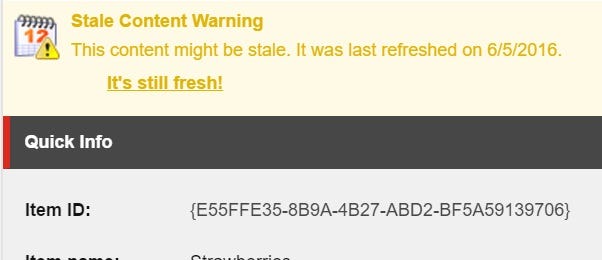
Imagine opening a website to learn about optimizing social media accounts only to find out that the page focuses on Myspace as the major example? Tragic. Simply tragic. Even though this might seem like an extreme example, it occurs frequently in subtle ways. Seeing outdated prices or examples that are no longer relevant is a classic example. Visitors are very likely to close the page if they encounter any of these.
It is therefore important that you regularly update your web content so that it remains valid and relevant. In situations where content becomes obsolete, remove them completely.
Aside from updating content, another way that helps in dropping bounce rate is to keep your website fresh by blogging regularly. Based on a stat by HubSpot, blogs that regularly keep their content fresh are 126% more likely to generate leads. Fresh content makes visitors navigate your website, thereby, dropping bounce rate.
8. Market to the Right Audience

One of the main reasons for high bounce rate is when you have the wrong audience visiting your website. This issue usually arises from marketing mismatch, content mismatch or language mismatch.
One way to avoid this is to publish customized content that is perfectly suited for your market. This will ensure that visitors stay longer on your site. Also, care must be taken to ensure that your marketing campaign is directed at the right audience.
In addition to this, avoid using keywords with equivocal meanings. Wrong keywords can attract an audience that isn’t interested in what you’re offering and can result in a high bounce rate.
Also, try to provide translations into other languages to help ensure that when a non-native audience visits your site, they understand the content. All these will help to ensure a perfect content-audience match that will lower the bounce rate of your website.
9. Make Navigation Easy

Have you ever visited a website where you had a tough time finding what you were looking for? Most internet users that are faced with this challenge just log in to another site. To avoid this alleged death trap, make navigation as seamless as possible. Make use of a search bar that further makes it easier for users to filter out information they are looking for.
10. Ensure Cross-Browser Compatibility.
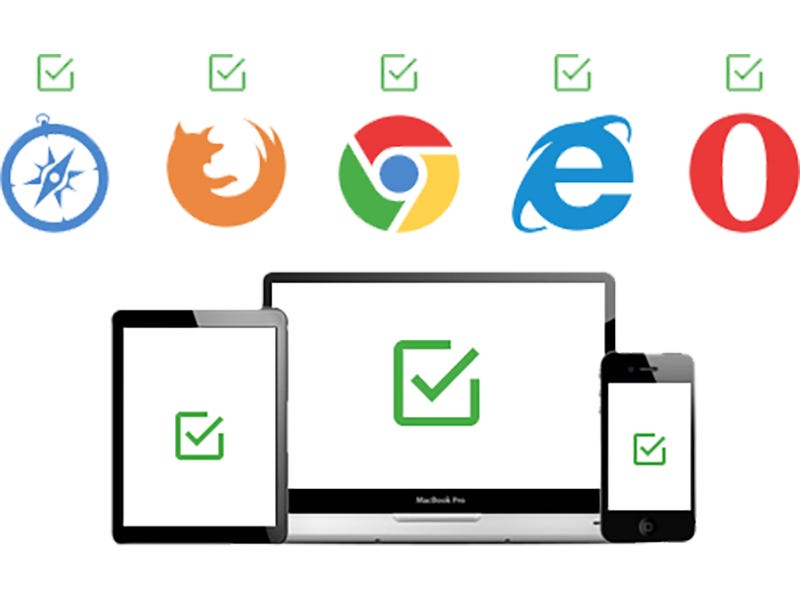
Some websites load perfectly well when using a particular kind of browser but become disorganized using some other browsers. When your website works in this manner, it lowers the user’s experience and results in high bounce rate.
To avoid this, make sure to test your website with a vast number of browsers so as to ensure that it is compatible with multiple browsers.
11. Make Use of Internal links

Internal links ensure that visitors navigate around your website. However, you must make sure that you provide valuable content to your visitor. If the content isn’t valuable, creating external links will make no difference.
12. Use a Great Design
Most internet users are impatient when visiting a website with a poor design. Poor designs interfere with the experience users have. Make sure that you use a design that makes it easy for visitors to explore your website.
Conclusion
By now, you should have a good grasp of what dropping bounce rate entails. It must be emphasized that all these methods work for hand in hand and failure to adhere to certain standards might not yield the desired result.
For example, if the content you provide doesn’t meet the needs of your audience but you have a really attractive website design, bounce rate still increases. Yet, if the content is superb but it is unreadable, off they go. Learning the tricks of dropping bounce rate must’ve been fun, now go apply these strategies.


